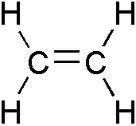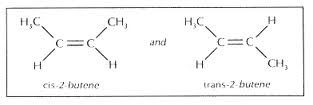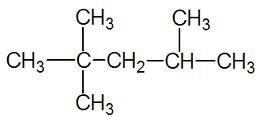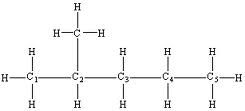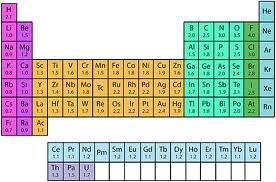For example, these groups include alcohols, nitro, aldehydes, ketones
Halides and Nitro:
These are simple hydrocarbons that are attached to alkane, -ene, or -yne
The main chain name will have a prefix, depending on the atom.
If :
F = fluoro
Cl = chloro
Br = bromo
I = iodo
NO2 = nitro

In here, we would say it is methane, but there are 3 chlorines.
Then, we would say trifluoromethane.
F is most unreactive, and I is most reactive.
Nitro is unreactive to chemical attack, but is explosive, such as in TNT, and nitroglycerine.
Alcohols:
In alcohols, an OH functional group is present. (Hydroxyl)
These are named by using the longest C chain containing the OH group.
All you have to do is replace the "e" ending with "ol"
For example:
H H
| |
H - C - C - OH
| |
H H
The longest C chain is 2, and we have an OH functional group.
We would end up with ethane, except we replace the e with ol, ending up with ethanol.
Naming the alcohol functional group in different positions is also the same. Just include the lowest position number possible. If there is more than one OH, add prefixes such as -diol, -triol
All alcohols are poisonous to some degree.
Aldehydes and Ketones:
This carbonyl functional group features a double-bonded oxygen.
Aldehydes have the double bonded oxygen at the end of the chain, and the name ends in -al. But in ketones, the double bond is not on either end, and it ends in -one.
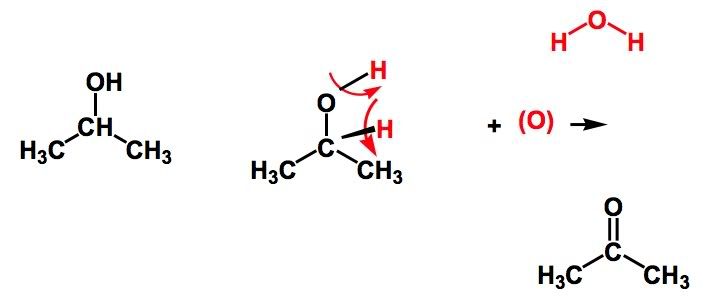
Aldehydes are very reactive, and ketones are unreactive.

Here's a video on halides:
And a video on general functional groups, such as alcohols.
Here's some worksheets for practice:
http://misterguch.brinkster.net/PRA051.pdf
http://www.arps.org/users/hs/thompsom/chemcom/unit_3/Functional_Groups_Worksheet.pdf
